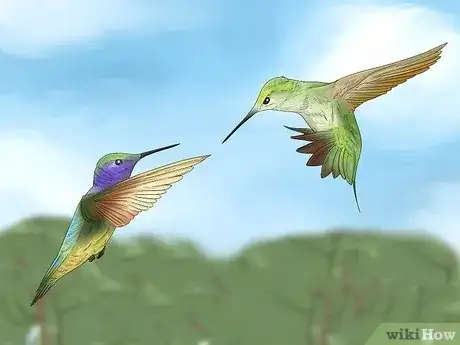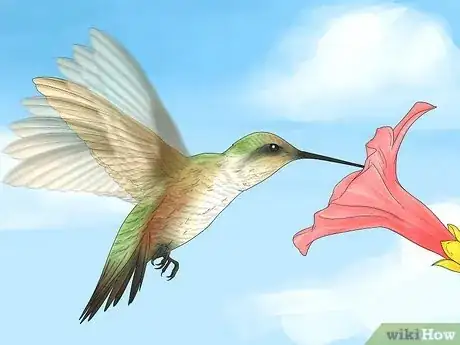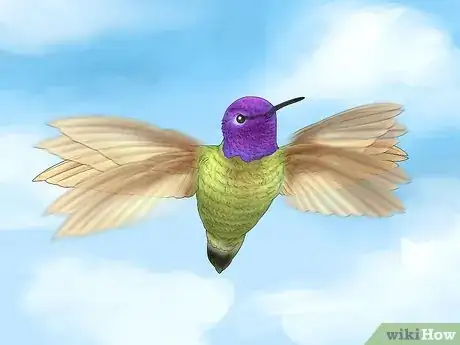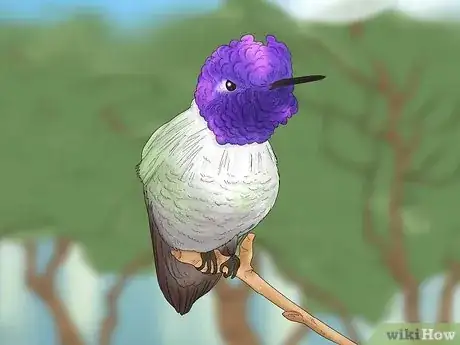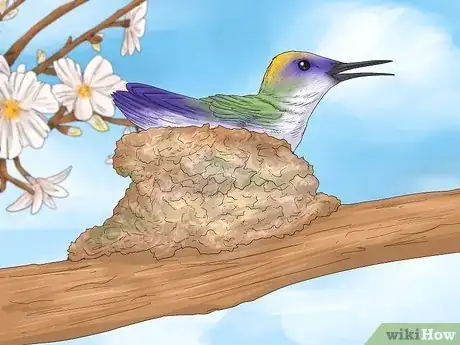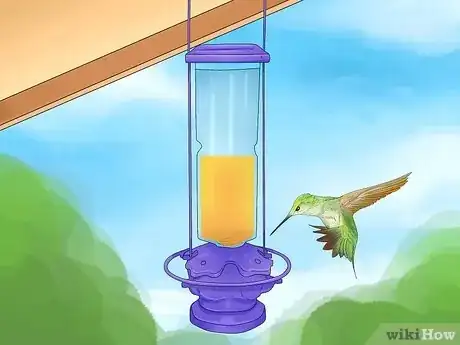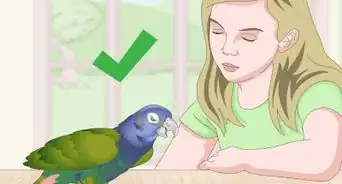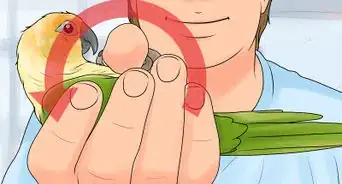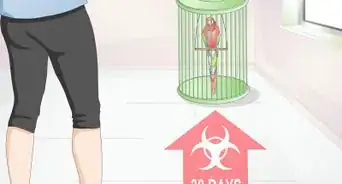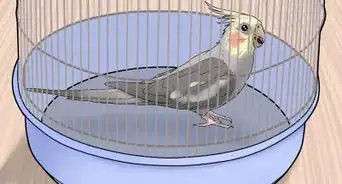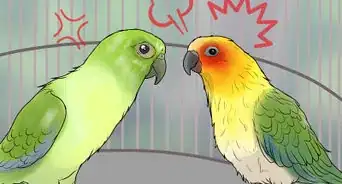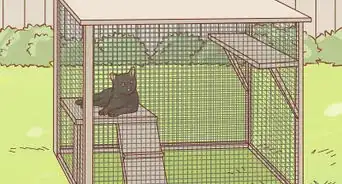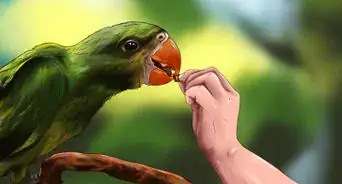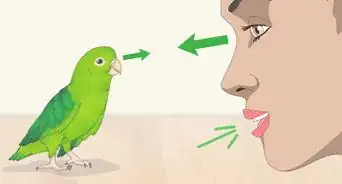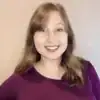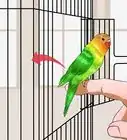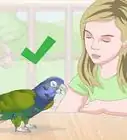This article was co-authored by wikiHow staff writer, Aly Rusciano. Aly Rusciano is a Creative Writer based outside of Nashville, Tennessee. She has over ten years of experience in creative, academic, and professional writing. Aly’s writing has been nationally recognized in the Sigma Tau Delta Rectangle and featured in Blue Marble Review, The Sunshine Review, PopMatters, and Cathartic Literary Magazine. She graduated from The University of Tennessee at Martin with a BA in English, focusing in Creative Writing and minoring in Theatre.
There are 11 references cited in this article, which can be found at the bottom of the page.
Learn more...
With wings that can beat up to 200 times per second, there’s no wonder hummingbirds are one of the fastest flying animals! So, why are they chasing one another? Is it for fun, are they showing off, or being mean? We’ll answer all of these questions and more in this article. So quick—keep reading before another hummingbird flies by!
Things You Should Know
- Hummingbirds are unsocial and very territorial, so they’ll chase after competition and intruders.
- The main catalyst for aggressive hummingbird behavior: food. They have their favorite flower, and no one but them can drink from it!
- A male hummingbird will dive and chase a female during mating season to impress her.
Steps
References
- ↑ https://nationalzoo.si.edu/migratory-birds/hummingbirds
- ↑ https://tpwd.texas.gov/publications/nonpwdpubs/young_naturalist/animals/animal_speeds/
- ↑ https://nationalzoo.si.edu/migratory-birds/hummingbirds
- ↑ https://www.adirondackcouncil.org/page/blog-139/news/10-facts-about-hummingbirds--and-other-interesting-tidbits-1101.html
- ↑ http://www.biokids.umich.edu/critters/Archilochus_colubris/
- ↑ http://www.biokids.umich.edu/critters/Archilochus_colubris/
- ↑ http://www.biokids.umich.edu/critters/Archilochus_colubris/
- ↑ https://www.discoverwildlife.com/animal-facts/birds/facts-about-hummingbirds/
- ↑ http://www.biokids.umich.edu/critters/Archilochus_colubris/
- ↑ https://www.bhg.com/gardening/design/nature-lovers/diy-hummingbird-feeder/
- ↑ https://nationalzoo.si.edu/migratory-birds/hummingbird-nectar-recipe
- ↑ https://nationalzoo.si.edu/migratory-birds/hummingbirds
- ↑ https://www.wildbirdscoop.com/how-far-apart-should-hummingbird-feeders-be.html
- ↑ https://youtu.be/rHGHP8r7JeY?t=31
- ↑ https://nationalzoo.si.edu/migratory-birds/hummingbird-nectar-recipe
- ↑ https://thebirdguide.com/hummingbird-questions-and-answers/
- ↑ https://gardeningsolutions.ifas.ufl.edu/design/gardening-with-wildlife/hummingbird-feeders.html
